Eye in the sky versus nose to the ground
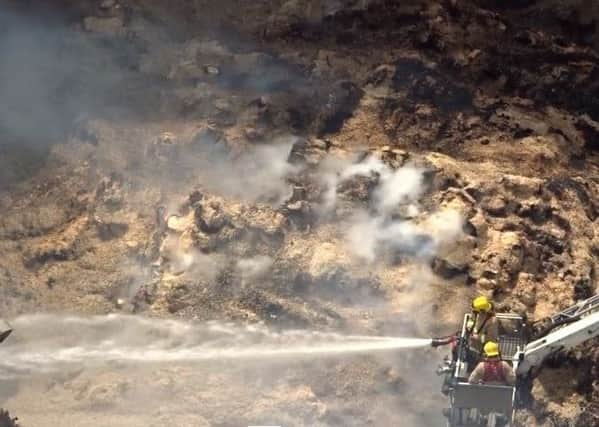

Drones on hand to help in emergency
EMERGENCY services in Lancashire are launching a new high-tech approach to 999 calls.
Lancashire Fire and Rescue Service (LFRS) has teamed up with Lancashire Police and the county’s Police and Crime Commissioner to buy a drone, which will be used in a wide range of major incidents.
Advertisement
Hide AdAdvertisement
Hide Ad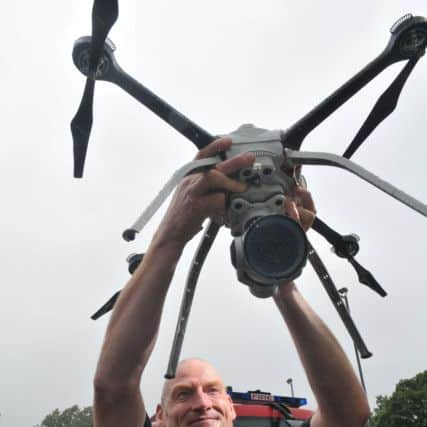

The drone, based at the LFRS training centre in Chorley, will be piloted by the existing team of incident investigation officers.
They were called upon to put the machine through its paces at the large woodmill fire in Farington Moss three weeks ago, where it helped firefighters view the entire scene and choose where to prioritise resources.
Other jobs it will be used in include large road traffic collisions, wide area flooding, large moorland fires, inspecting unsafe structures, hazardous materials incidents and searching for missing persons.
It is able to fly in high winds and poor weather and can stream high definition or thermal imaging to help with the command of situations as they develop.
Advertisement
Hide AdAdvertisement
Hide Ad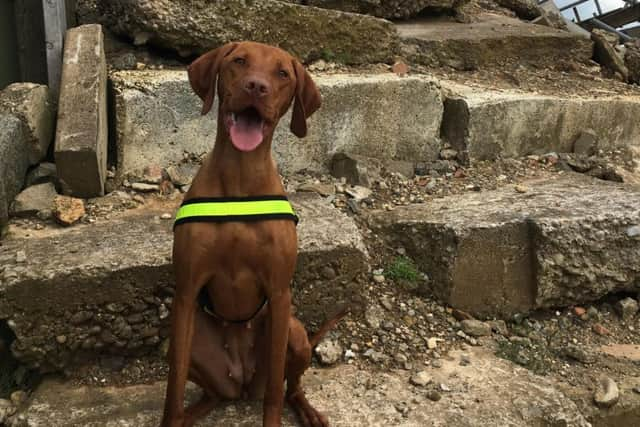

Chief Fire Officer Chris Kenny said: “From an operational perspective, for firefighters, the ability to see the full extent of an incident and identify hazards from a distance is a leap forward in improving how they can tackle the fire and protecting their safety. The unit can be expected to be busy as the range of incidents both organisations attend is very wide but it will be incredibly useful during major incidents.
“Take the recent floods, for example.
“It was impossible for our commanders to understand the scale of the event or the threat to life from the water’s edge.
“With an aerial view from a thermal imaging camera they would be able to quickly identify people who need help and prioritise rescue efforts.”
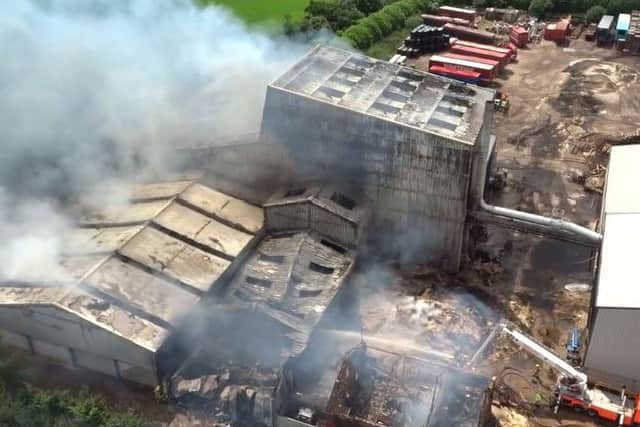

Lancashire Police and Crime Commissioner Clive Grunshaw contributed £10,000 – using money seized from criminals under the Proceeds of Crime Act – towards the overall cost of purchasing the device and training staff to use it. Most of the cost will be funded by the Lancashire Combined Fire Authority and each organisation will pay for its own running costs.
Advertisement
Hide AdAdvertisement
Hide AdMr Grunshaw said: “The new drone will provide police and the fire service with a valuable resource to help keep Lancashire safe.
“This money, taken away from criminals who have profited from their illegal activities, will help support the work of our frontline police officers and help them as they work to tackle crime and protect vulnerable people.
Chief Inspector Gary Crowe, of Lancashire Police, said: “It has the potential to assist officers hugely as they deal with a wide range of incidents on a daily basis, providing us with an extra tool when it comes to tackling offenders, protecting the public and responding to major incidents.”
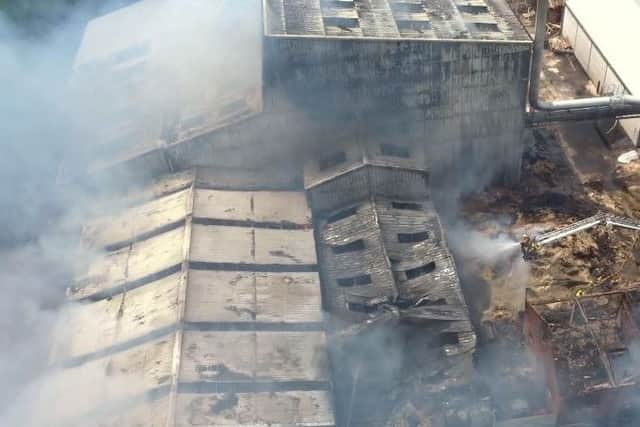

Rescue dogs trained as emergency life-savers
LANCASHIRE’S latest life-saving recruit has four legs and a wagging tail.
Advertisement
Hide AdAdvertisement
Hide AdLola, a 13-month-old Hungarian Vizsla, is in training to become an International Search and Rescue (ISAR) dog, alongside her handler and owner, firefighter Lindsay Sielski.
She follows in the pawprints of Sidney, a 16-month-old black labrador, who has just graduated from training as a Lancashire-based search and rescue dog with handler Jon Hardman. Both dogs will be sent to work in major incidents, locating missing people in open areas.
Their training graduates from trying to find a tennis ball and their hidden handler, to searching through rubble for a scent, and even getting used to wearing boots to protect their paws in different locations such as empty skate parks.
Lindsay, 31, bred Lola at home. The mum-of-one said: “These dogs need to be worked and are perfect for this because they’re very driven. As soon as the harness comes out, Lola is raring to go. She’s well ahead of where we thought she’d be and she’s loving it. We positively train our dogs, so they do it because they want to.”
Advertisement
Hide AdAdvertisement
Hide Ad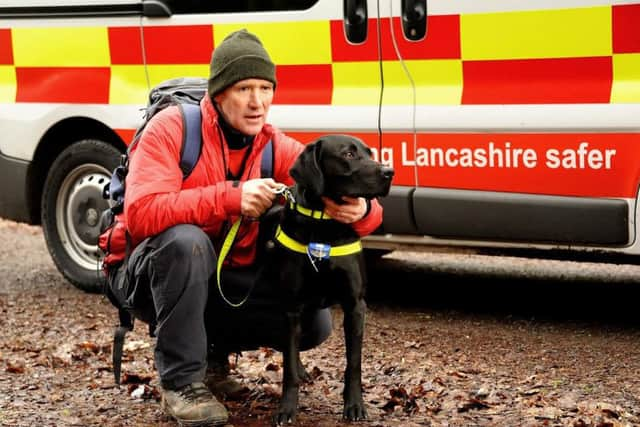

Ninety per cent of the training work is done by handlers in their own time.
Lindsay said: “We do it because we love it. The moment she doesn’t want to do it anymore, we won’t. You can’t half-heartedly train a dog.”
Lindsay also has to undergo a raft of training and endurance tests, such as a 36-hour mountain-climbing trek carrying heavy loads.
She said: “We work together as a team, I wouldn’t just give her to work with someone else on a job.
Advertisement
Hide AdAdvertisement
Hide Ad“So with the tests, if one member fails, we both fail. I need to know the wind direction, where the casualty was last seen, if there’s any chemicals on site and the implications they can have.”
Dave Byers of Lancashire Fire and Rescue Service, said: “These dogs are absolutely vital, they’re the best piece of kit we have.
“If a building has partially collapsed, we could spend hours searching it using our acoustic equipment and cameras. What takes us an hour takes a dog two minutes.”
Retiring Lancashire rescue dog Isla was sent to help at the fatal Bosley mill explosion last year and other international search dogs and handlers have been sent as far as Japan and Haiti.